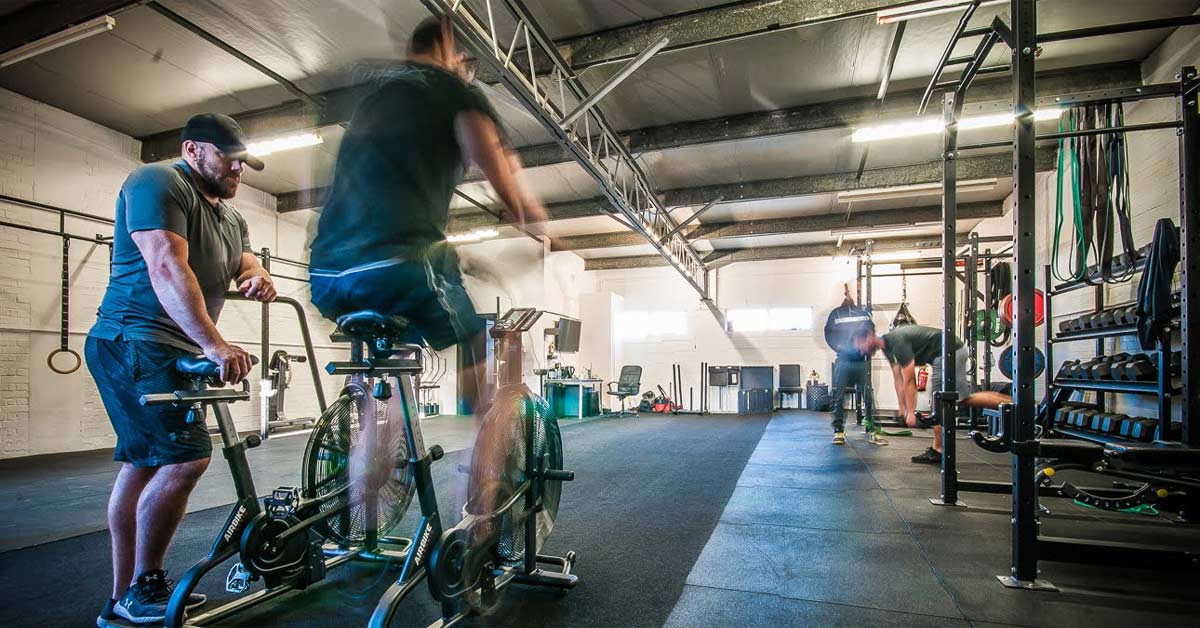
What is a strength and conditioning pragmatist? By definition, pragmatism is an approach that evaluates theories or beliefs in terms of the success of their practical application. Ideally, every strength and conditioning coach is a pragmatist at heart. Pragmatism is often seen as crude, as it’s minimally abstract. I’m of the opinion, however, that pragmatists often use abstraction to get things to work—it’s the key precept in their approach.
Due to a culture shift, performance “thinkers” often are ossified in their processes via ideologically driven and often dogmatic thinking. The to and fro of ideas can cause a great deal of polarization, personal attacks, sniggering, and taking of sides—it’s a problem that’s present in much discourse covering a range of topics, not just performance coaching and strength and conditioning.
Pragmatic coaches still coach and still get the outcomes they desire. This process incorporates applying objective information, subjective personal experience, and that all too nebulous term “culture.” The aim of the pragmatist lies in outcomes: Does what I implemented work satisfactorily? We can find the meaning of a proposition in the practical consequences of implementing it, and unpractical or unworkable ideas are to be rejected.
Quick Take on Pragmatic Coaches
- A pragmatic coach is a doer, and doers have scars.
- Pragmatic coaches value practice over theory—they value means to produce ends.
- They understand optionality and second-order effects.
- The risk of iatrogenic (harmful) consequences informs their approach.
- They prize precise speech, as good communication is about buy-in, not showing off.
- They are ultimately responsible for managing risk when employing ideas that academics and intellectuals have put forward.
Greeks vs Romans
To borrow an analogy from Nassim Taleb, who often relates lessons from classical antiquity: the Greeks put theory above practice while the Romans put practice above theory (as exemplified by Cato the Elder suggesting that introspective Greek thinkers be expelled from Rome).
In this respect, we must not become enamored by our own ideas, lest they are never actually employed, put into practice, and lastly, challenged. The Romans are considered the ultimate pragmatists in the western tradition; their implementation of what worked arguably built the greatest empire in human history. The Romans understood second-order effects and optionality—the value of additional optional investment opportunities available only after making an initial investment.
Squats
An example is understanding that the time initially invested in building a double bodyweight back squat for most athletes will allow for even greater investment in nuance and particulars further down the line. Despite all the arguments we can make against this investment—including its lack of sports specificity, soreness, and transfer—people still invest in squatting because they understand that its second-order systemic effects benefit athletes over time.
Consider this statement: Squatting may improve systemic strength, which for some may transfer to a potential for a specific application (optionality) of force production through many multivariate physiological effects including all its substrate, mechanistic factors, neurological, and psychological factors (second-order effects). If this seems nebulous, it is. It can keep some people second-guessing while others just get on with it. Pure academics struggle with shades of grey, as the variables of real-world practice don’t appeal to our innate need for categorization and absolutes.
The ability to navigate the nebulous with nuance comes with coaching maturity—and divides people who actually work in the industry from those who just talk about it on Twitter or in academic papers. To quote Brett Bartholomew: “Coaches are holistic problem solvers above all else. The role requires an understanding of social skills, dilemmas, power struggles, and people every bit as much as it does periodization and program design.”
Data and Monitoring
For instance, as highlighted in the Gabbett editorial for British Journal of Sports Medicine, the world of data and monitoring is where sports scientists’ solutions could potentially make performance coaching more difficult, especially when coaches have a preference based on gut feelings—a coach without monitoring systems may be considered a pariah of sorts. To quote Gabbett, “With such a range of monitoring tools available and no agreement on the most appropriate athlete monitoring ‘system,’ it is difficult for practitioners to evaluate the available evidence and develop a process to effectively monitor athletes.”
So what does the coach do to find a suitable monitoring system? Lack of agreement infers that the Greeks in this situation have no clear answer for the Romans. The answer lies somewhere in effectively disseminating existing information, examining the population, monitoring opportunities, resources, and appropriateness. An invasive system makes sense in an elite setting, more so if athletes are residential, but would be inappropriate in a small private setting without readily available resources and time.
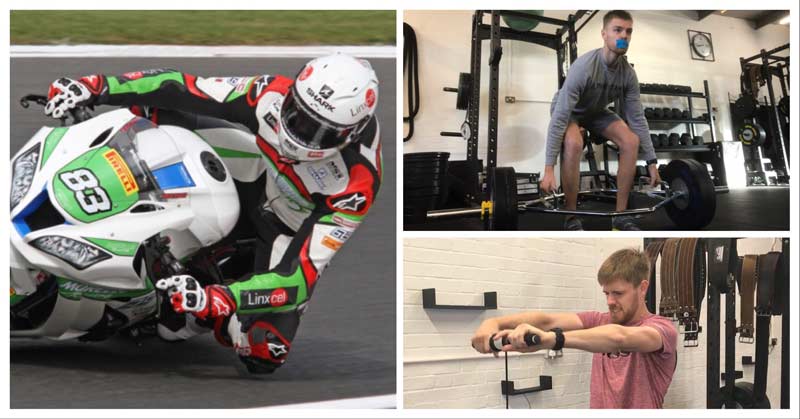
Another example comes from my experience working in motorsport—specifically, superbike. There is almost no existing literature on superbike riders, aside from a few instances of injury prevalence and some small-scale research showing “moderate to high physiological strain during practice.” A fact I could have ascertained in simple conversation with the athlete. We know more about the effect of road cyclists following camera motorbikes than we do motorbike riders themselves.
In this situation, we need to look at evidence from the nearest adjacent disciplines: four-wheeled motorsports and non-motorized bike based sports. For instance, we know that weight loss and high-thermic stress due to flame retardant gear is prevalent in all motorsports. But, again, this doesn’t provide enough insight.
I’ve written before about having to base my approach on my personal perception in some of the notes originally included in “Adventures in Physical Preparation for Superbike Riding”:
Often training more like elite endurance athletes. Approach is typified by lack of qualitative strength work, or sporadic inconsistent strength training and usage of “strength circuits” as a sort of catch-all. The culture does seem to be moving towards more qualitative approach however which is great. Wrestling the bike against centrifugal and centripetal force for 30-40 mins requires…wait for it, strength. Being strong helps with movement efficiency, which in turn reduces both systemic and local fatigue. Stronger riders combined with a good work capacity base will be less tired riders.
So by observing current practice among the athlete population and comparing this to established strength and conditioning theory, we can start building a best practice pragmatic approach.
What Is Real Matters More Than Feel
We all have implicit biases when it comes to how we work. This is natural, and in many cases, an important orienting reflex in any active workplace inundated with a never-ending flow of new and novel information. Guiding principles without the necessary analysis of our thoughts can become ideas we’re shackled to. The colloquialism, “feels over reals,” is the preference for one’s feelings or beliefs over the reality that they contradict.
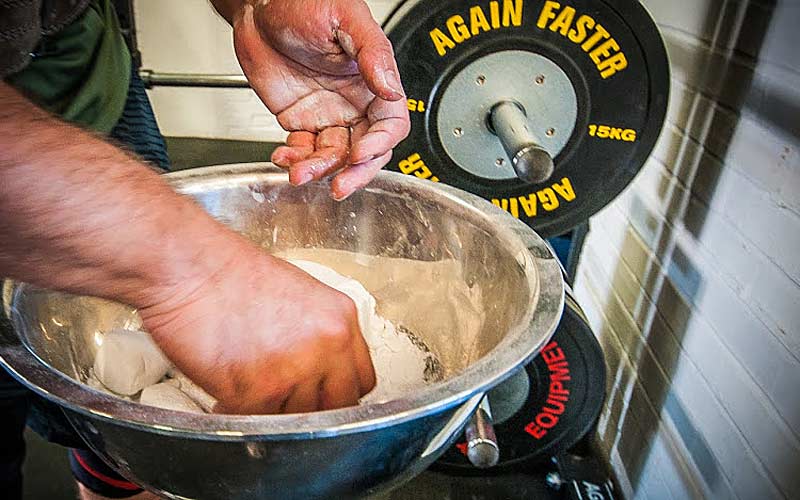
This speaks to the pragmatic approach that accepting what gets results is more important than emotive ideological possession. It manifests in sport or strength and conditioning coaches alike, who cling doggedly to out-dated or inappropriate precepts, models, or exercises despite constraints making them hard or impossible to implement. In a relativistic world, athletes and coaches believe that what worked for them will work for others—such a structure provides security but excludes openness to change and nuance.
The Golf Swing
Conceptually, I’ve learned “feel vs. real” from golf coaches, philosophers, and essayists alike. I’m often told the greatest illusion or dissonance in golf is found between what you feel and what is real. The practice swings look great (simulation), but the actual swing (reality) doesn’t manifest the desired outcome (shanking the ball rather than driving it down the fairway, for instance). This phenomena occurs a lot in strength sport and strength coaching practice: a movement otherwise feels good for the lift, but it may be mechanically poor, leading to a reduction in the amount of force produced.
Olympic Lifting and Powerlifting
Olympic lifting and powerlifting often embrace the idea of being comfortable with the uncomfortable. At times athletes will complain about good positioning—feeling uncompromising and uncomfortable. The outcome of this good positioning, however, is hopefully what the coach desires.
One pragmatic solution in both instances is brought sharply into focus when we film athlete movement and compare and contrast these clips to the athlete’s performance and models of proper performance by elites in the discipline. The aim here is not mimicry but mindfulness on the athlete’s part to be more aware of technical requirements.
The aim is not mimicry but #mindfulness on the athlete's part to be aware of technical requirements, says @WSWayland. Share on XThis demonstrates how simulated feedback from movement does not lead to the desired result. Or in a strength and conditioning context, the means don’t match the desired ends. In other words, doing what feels good and right over what does good, which brings us to our next subject.
Iatrogenics and Strength and Conditioning
The ugly side of strength and conditioning is summed up by the medical definition of iatrogenic: “Due to the activity of a physician or therapy. For example, an iatrogenic illness is an illness that is caused by a medication or physician.” Iatrogenics within the performance context can be the pursuit of strength, speed, flexibility, etc. to the detriment of overall athletic performance. It’s where being ideologically possessed or inflexible due to emotive, dogmatic, or sophomoric reasons can reap real negative consequences.
Early in my career, I attempted to implement a traditional linear block-type periodization with MMA athletes, working through the typical sequencing of a hypertrophy, strength, power, and speed type. I found this approach was iatrogenic, actually harming athlete performance, pretty much taking three steps forward and two steps back from the standpoint of quality accumulation. From a quality perspective, much of what we’d worked on had eroded by the time of competition.
The model works over long timespans, but for athletes who often only have 8-12 weeks (or less) to prepare, it’s sub-optimal. This experience motivated me to apply the compressed model I outlined in “Applying the Compressed Triphasic Model with MMA Fighters.” The compressed model also encourages the use of supramaximal methods which, under typical circumstances, would be derided for being too tough, too soreness-inducing, and too impactful on technical practice. My experience in its implementation runs counter to this, however.
The “anti-iatrogenic” ideal has an underlying influence in performance culture. The coach who takes things at face value probably perceives that their approach produces their intended results while they see their competition’s approach as iatrogenic. We see this a lot in social media commentary, especially with shared videos and statements that have little to no contextual information.
The “anti-iatrogenic” ideal has an underlying influence in sport performance culture, says @WSWayland. Share on XFor example, Dan Pfaff has stated previously that “movement expression trumps rate of force development. I’ve coached three guys to sub-10-second 100’s who have never lifted weights.” While this seems to contradict my earlier statement about squatting, this is where pragmatism in approach shines—Dan clearly understands when to apply (or in this case not to apply) the appropriate means to achieve desired outcomes. Remember, you can make all the cases for weight training you want (emotive, feel), but three of his athletes still run sub-10’s (real). No one called out Dan’s well-known performance approach for being potentially iatrogenic.
Also, consider the recent example of Chelsea’s football club manager, Maurizio Sarri, and the statement about his athletes “not lifting weights.” It caused spectacular online blowback from strength and conditioning coaches; the assumption was that Sarri was an absolutist who was just a sports coach with no understanding of the iatrogenic effect of his statement, which then led to absolutist responses.
The response should have been “it depends on what you mean by lifting weights,” followed by “it depends on what you mean by not lifting weights,” followed by asking the Chelsea FC performance staff their interpretation of this diktat. Yes it’s nebulous, yes it’s multiple shades of grey, but what we lack from the initial statement is any real nuance. Whether or not Sarri’s approach is iatrogenic or false attribution via subtraction will be seen. At the time of writing, Chelsea remains unbeaten. Absolutists will await their answer.
These overlapping grey areas mean we are seeking sweet spots for progression and attempt, to the best of our knowledge, to keep athletes improving, optimizing, and being robust enough to handle their sports. Sometimes, what you do won’t look like what others expect of you—this is also the nature of being truly pragmatic.
Strength and conditioning coaches, however, make mistakes—and I’m sure early in their careers commit interventions that in fact may hamper performance. Most of the best coaches I’ve met are highly neurotic, self-critical, and thankfully self-correcting. Coaches that fall on the inexperienced-yet-confident end of the Dunning Kruger curve are the ones who will commit such mistakes. And if they repeat them often, they’re clearly consumed by hubris and not working in the private sector.
It’s the role of more senior coaches and mentors to make sure these lessons occur with minimal impact on the coach’s careers but have maximal impact on their development. If you’ve never made such errors, I commend you and wish you well on your unbroken win streak. The rest of us will purposefully agonize to the end of our careers.
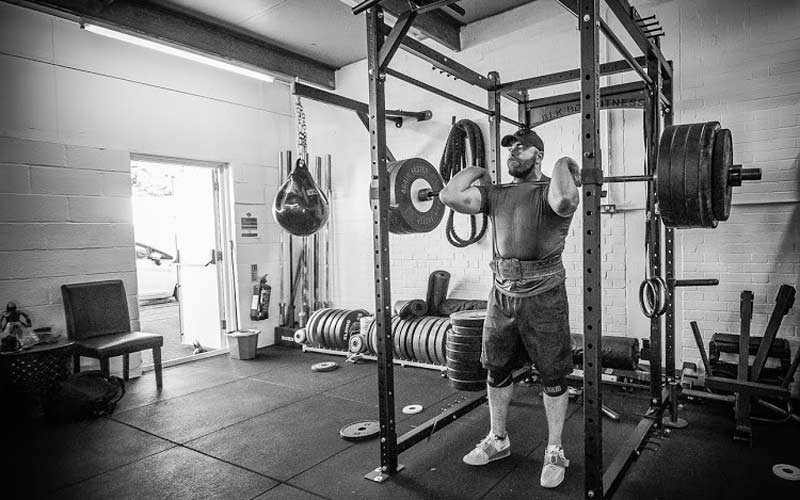
Constraints and Adaptability
This seems self-explanatory: we all have constraints and we all have to adapt to the athlete, the available resources, and our surroundings. The vast majority of coaches do not get blank cheques or unlimited power within their programs. Consider, however, that many often seek to get the world to move around them rather than learn to take the stoic precept of changing that which can be changed and discarding the immovable. This extends to ideas and presuppositions.
One example is Olympic lifting within a constraint-limited context. For instance, touring golfers who have a risk for wrist issues and use hotel gyms. These gyms have a bevy of issues such as low ceilings, no chalk, bent bars, no bars, no bumpers, and no coach’s eye. Which means I can put all the cleans and snatches into a program I like, but my athletes need to implement derivatives with a can-do attitude when confronted with only a dumbbell rack rather than spin on their heels and hit the hotel bar instead.
When we do have the resources at hand, pragmatic solutions arrive like the European Tour Performance Institute’s truck, which overcomes this issue by offering a performance center on wheels and travels 30,000 km a year.

It’s also a problem with coaches who either compete in or build a culture around a specific strength sport. If expectations aren’t met, an outside effort to protect a universal generalization will be made (see the Sarri debacle)—known as the no true Scotsman fallacy. Consider the statement: If you don’t power lift or Olympic lift or at least have a program containing these, are you really a strength coach?
The hand-supported split squat, for instance, meets the need for intensity in a movement that exists outside of competitive lifting. Split squats have never been contested, so I don’t understand why a hand-supported variant could be considered cheating, something about which I’ve received numerous DMs. Until someone starts a hand-supported split squat competition, I suggest we often need to go outside the ground that strength sports have trodden for so long. Sometimes what you do won’t look like what others expect of you. The hand-supported split squat is merely an adaptation that meets a need.
The real application here is not just being adaptable but also teaching adaptability to athletes and colleagues. Personal adaptability loses its worth if you’ve done nothing but foster co-dependency in athletes.
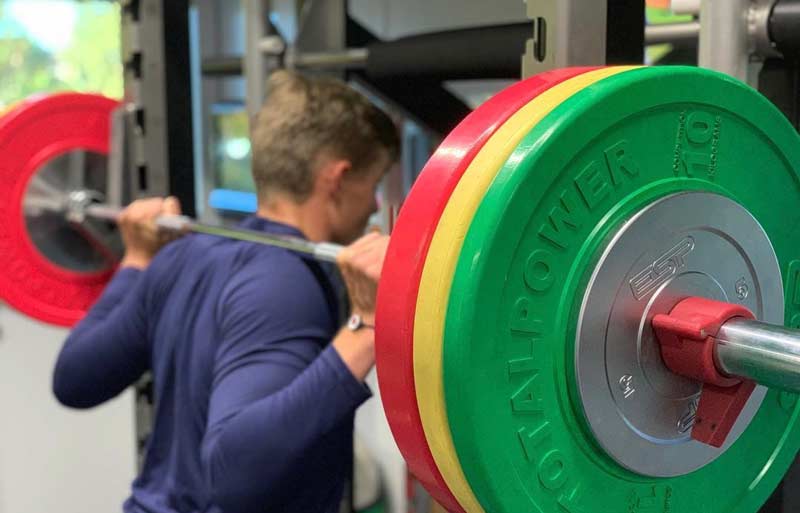
Culture, Communication, and Precise Speech
Coaching is a function of communication; without communication, the coach cannot do their job. Pragmatists need to speak in a fashion that makes their teaching easily understood, interpreted, and disseminated. Gone are the days when coaches were isolated to their specific practice and culture where they only needed to be understood by their most proximal group athletes. Now, sports coaches, administrators, parents, Twitter followers, and athletes all expect coherent communication—the age of social media and increasing transparency from all invested parties is upon us.
Social media has globalized performance training, and we are steadily navigating the cultural waters that come when mixing voices that come from a range of backgrounds. The predominant one is the strength and conditioning Anglosphere where Americans, Brits, Aussies, Canadians, and Kiwi’s make natural friends via a shared language, which is both terrific and terrifying. While academia functions in English, there is much good out there from coaches who don’t have the same reach as the Anglosphere.
For instance, practitioners need to put greater thought into their lexicon, especially when we have scientific language plundered from neurophysiology and even quantum physics. I’ve come across coaches who often use idiosyncratic wordplay or obfuscation when naming things to otherwise disguise simplistic concepts or exercises in nebulous language. I always ask myself “if I can’t understand it, how can their athletes?” Am I speaking merely to make myself seem smarter to my peers to bolster social standing?
Clinical psychologist Jordan Peterson articulates this well:
“Listen to yourself talk, as if a stranger was talking. Try not to identify too much with what you are saying. Then, observe. See if what you are saying makes you feel stronger physically or weaker. If it makes you feel weaker, stop saying it. Try to reformulate your speech until you can feel the ground under your feet solidifying. Then practice only saying things that make you strong. Stop trying to use your speech to get what you want. Instead, try to articulate what you believe to be true as carefully as possible. Then, accept the outcome.”
As a coach who has always suffered a sense of impostor syndrome due to my introspective nature, I’ve worked hard to say what I mean and mean what I say.
Communication has become more important as I work more with athletes who are non-native speakers. Strength and conditioning uses a language that I sometimes grasp, so how can I communicate this to someone who only speaks on a conversational level?
In a world of DMs and cross-cultural communication, I’ve had to explain my own slang. Share on XLanguage and culture are inherently linked, and I’ve said in the past (jokingly) “British coaches need more chest-beating pragmatism and Americans more sports science-based neurotic introspection.” Jokes aside, there is much we can learn from each other culturally. Americans deal in the language of hyperbole, the British in understatement—this can be a minefield in cross-cultural communications. In a world of DMs and easy accessibility, I’ve been guilty of having to explain my own slang. Be casual carefully!
The US enviably does strength and conditioning on a scope that is impressive, with high school strength and conditioning facilities that are often better than many UK elite training centers. Does this assure good outcomes? Not necessarily, but it certainly makes for a fertile training environment. It’s something I’ve spoken about with colleagues from across the Anglosphere as we collectively work to share ideas.
Romans Need Greeks, Greeks Need Romans
Out of all the possible Greek philosophical schools the Roman pragmatists could have chosen, Stoicism seemed to fit the bill. Romans could have embraced Epicureanism (seek modest pleasures to attain a state of tranquillity) or maybe Cynicism (rejecting all conventional desires for wealth, power, sex, and fame). Neither are particularly appropriate options for running an empire but are options nonetheless.
The point here is practitioners need open-minded intellectuals to put forth propositions, which can then be disseminated and acted upon. Without these types of thinkers, we end up with a utilitarian dulling of possibilities. On the same hand, while we need to test ideas, there is a risk in vapid philosophizing—academic, online, and efamous “experts” transfer the risk of their ideas because they are often not accountable for the practices implemented from the flawed theories they teach.
Practitioners take the calculated risk with implementation, hopefully with careful dissemination of the ideas they are acting upon. Some people manage to operate in both realms, obviously, with the means to assess, propose, implement, and reassess.
It’s difficult, however, for the overburdened strength coach to do. Working with multiple teams in a limited space provides an overwhelming challenge to implement a myoelectric potentiated oscillatory Bolivian cluster restriction training method fresh from the newly minted pdf that a “Twitter famous coach” just released, and not discount all the training aids that come along with it.
The Death and Rebirth of Strength and Conditioning
Strength and conditioning is a fantastic industry at the moment, with the situation shifting as the discipline tries to find the mixture of hard and soft skills that will allow future generations of coaches to do better. Some are quick to declare strength and conditioning dead, that its application is overstated, and the fundamental precepts of strength are DOA. Given statements like Dan’s, this pleases absolutists who seemingly loathe the industry and the notion of conventional strength training.
#Pragmatists are running programs, weight rooms, and gyms all across the world despite contrarians, says @WSWayland. Share on XContrarians exist in all industries, and being reflexively contrary on social media seems to be a fashionable choice for some. The thing is, despite these practitioners, the pragmatists are still running programs, weight rooms, and gyms all across the world and won’t stop because a controversy broke out on social media. I make an effort to read the works of strength curmudgeons who live and die by barbell training as much as I read the work of weights-free avant-garde thinkers.
The answer, as always, lies in mediation among many approaches that are appropriate for the group or individual in front of the coach. I’ll quote Stuart Mc Millian, who paraphrased Nassim Taleb, “we often over-estimate our ability to influence the process and determine the outcome—when all we can do is try to influence the distribution of possibilities.”
Again, this returns us to my earlier point about options: invest so that we can build possibility and opportunity. What you can invest in varies and can be discussed ad nausea. To quote another philosopher and Roman emperor Marcus Aurelius “stop arguing what it means to be a good man and just be one.” Swap man for coach, and you can see what I’m driving at here.
Since you’re here…
…we have a small favor to ask. More people are reading SimpliFaster than ever, and each week we bring you compelling content from coaches, sport scientists, and physiotherapists who are devoted to building better athletes. Please take a moment to share the articles on social media, engage the authors with questions and comments below, and link to articles when appropriate if you have a blog or participate on forums of related topics. — SF
References
Taleb, Nassim Nicholas (2018) Skin in the Game: Hidden Asymmetries in Daily Life. Penguin Books.
Peterson, Jordan B. (2018) 12 Rules for Life: An Antidote to Chaos. Penguin Books.
Brearly, M. et al. (2014) “Responses of elite road motorcyclists to racing in tropical conditions: a case study.”International Journal of Sports Physiology and Performance.
Wayland, W. (2016) “Adventures in Physical Application in Physical Preparation for Superbike Riding.”
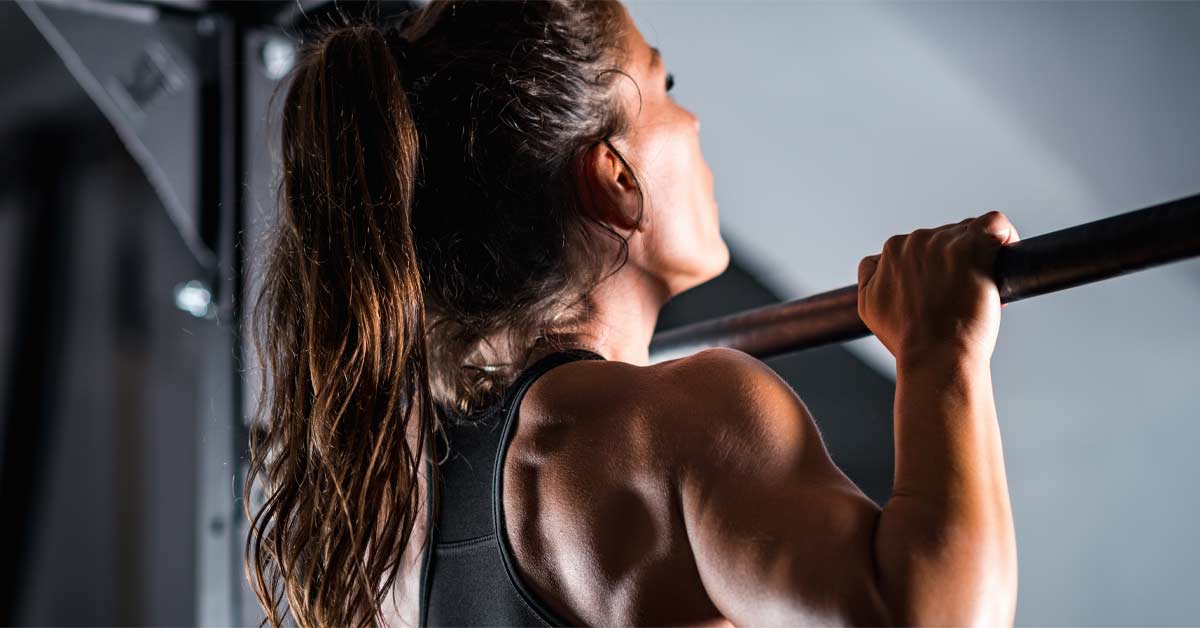




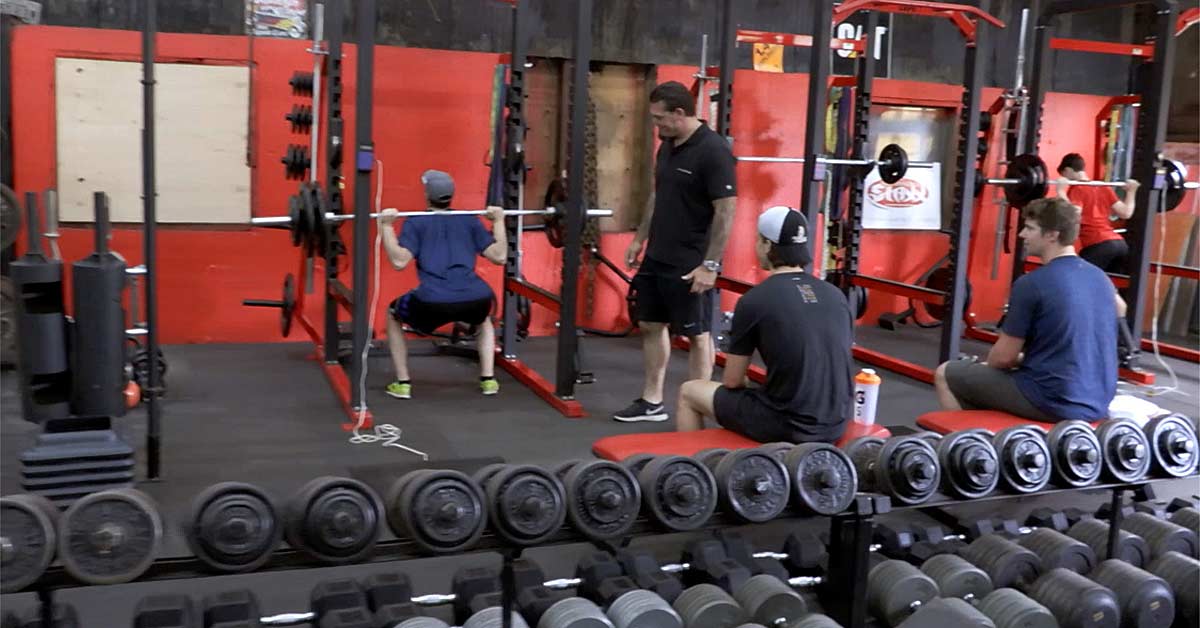
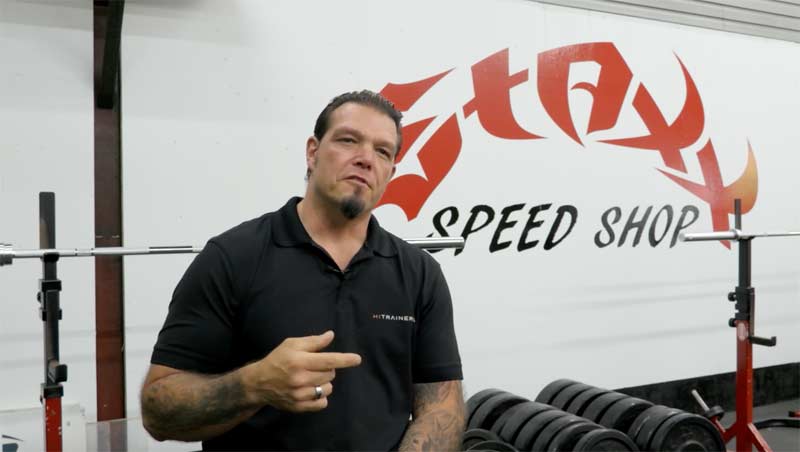
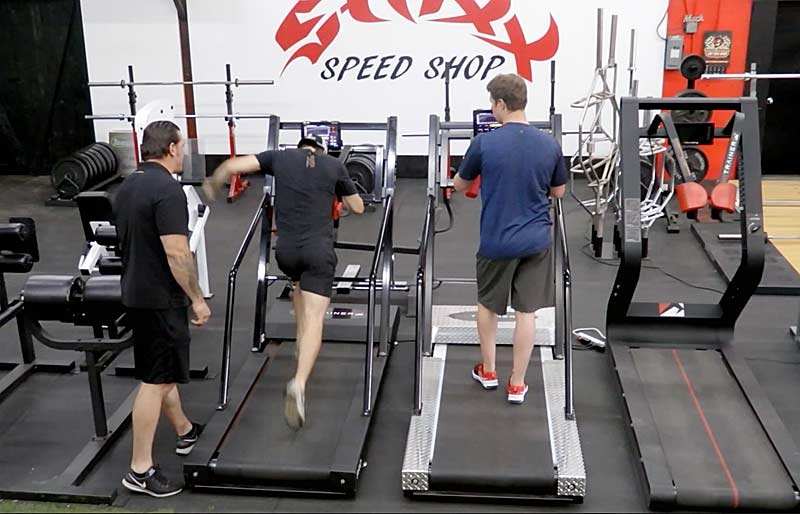



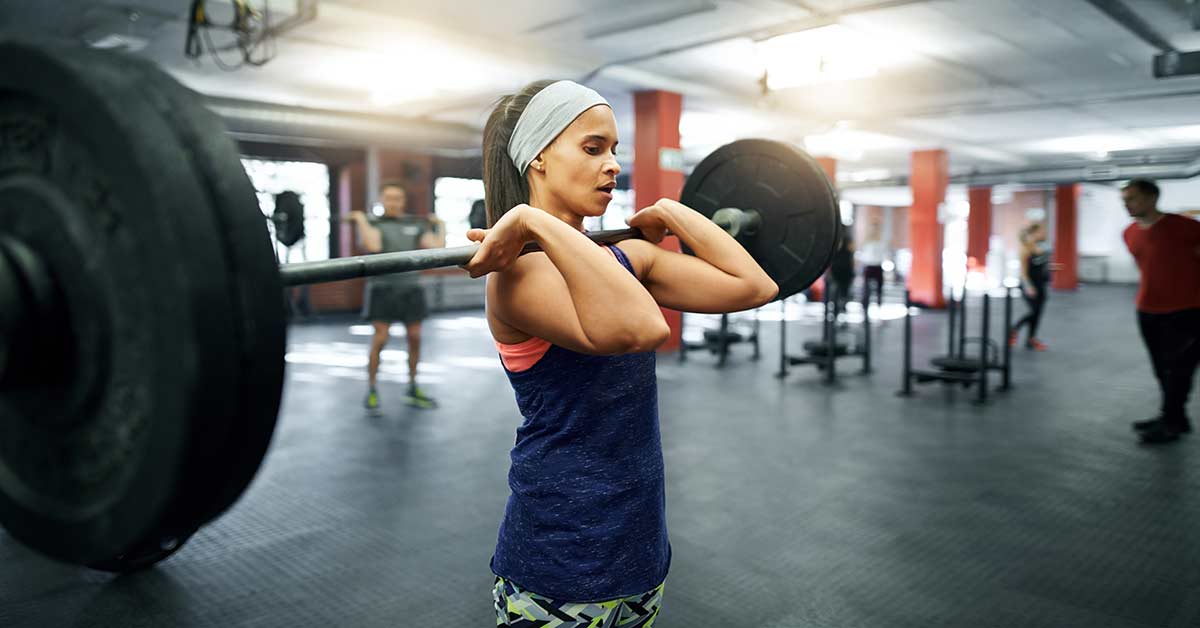
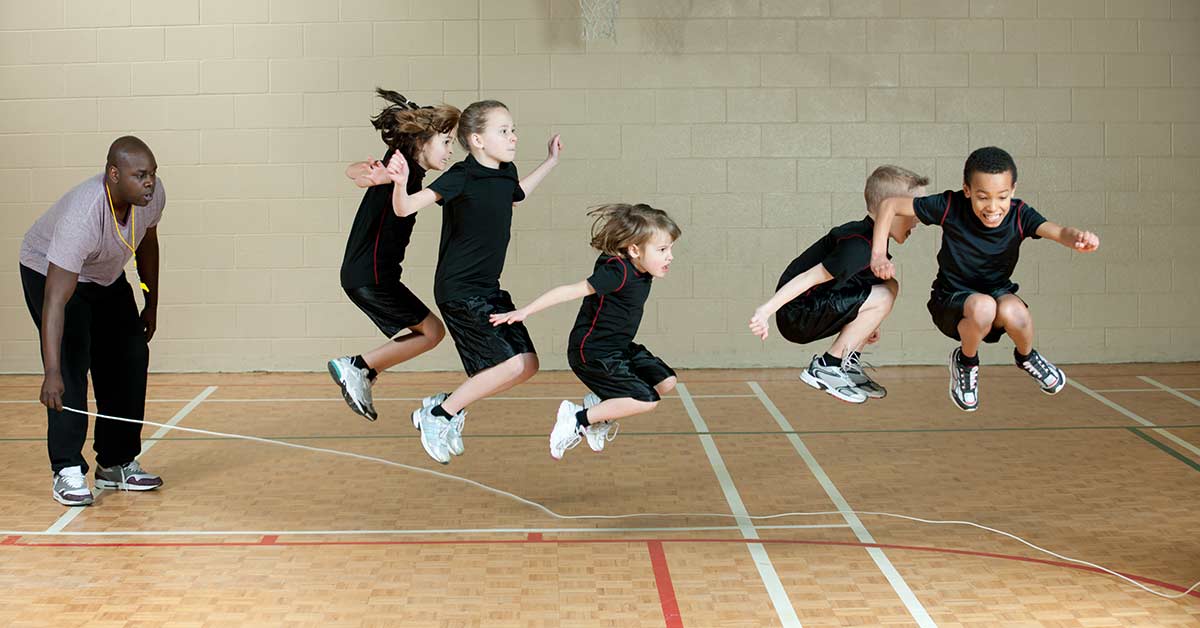
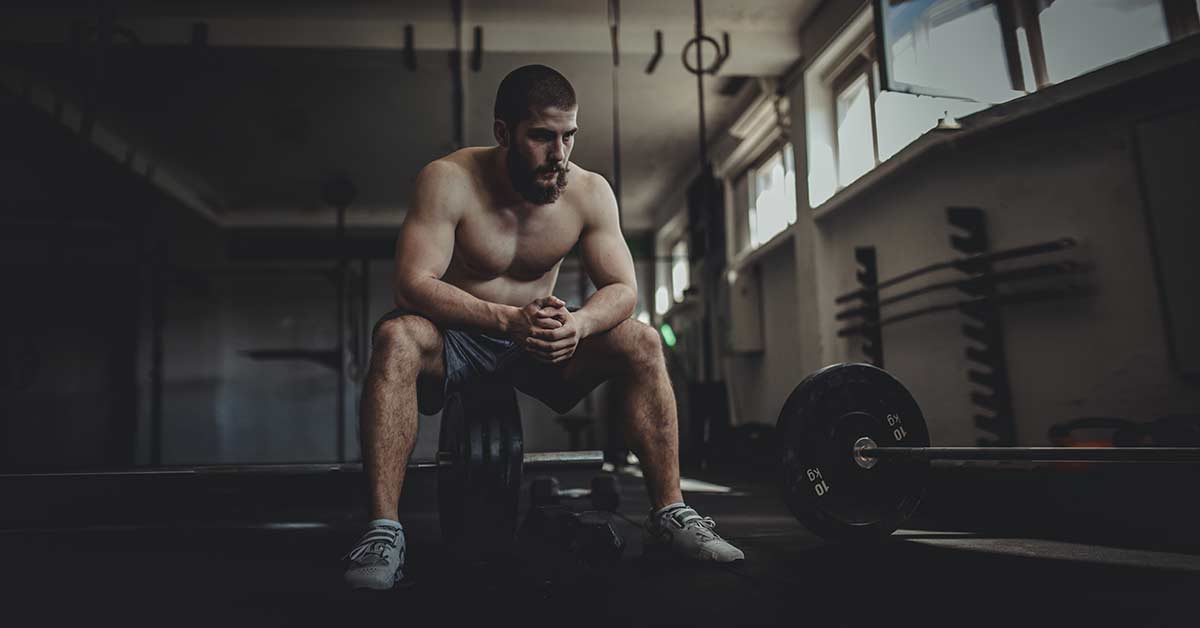
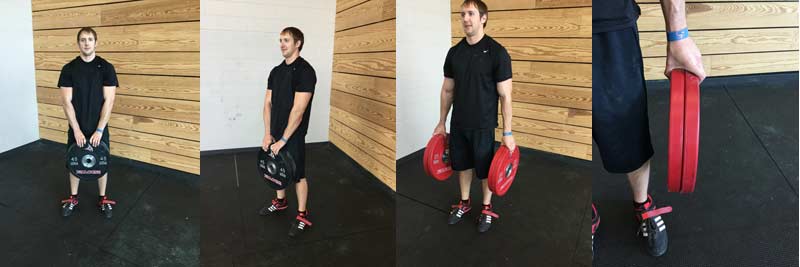
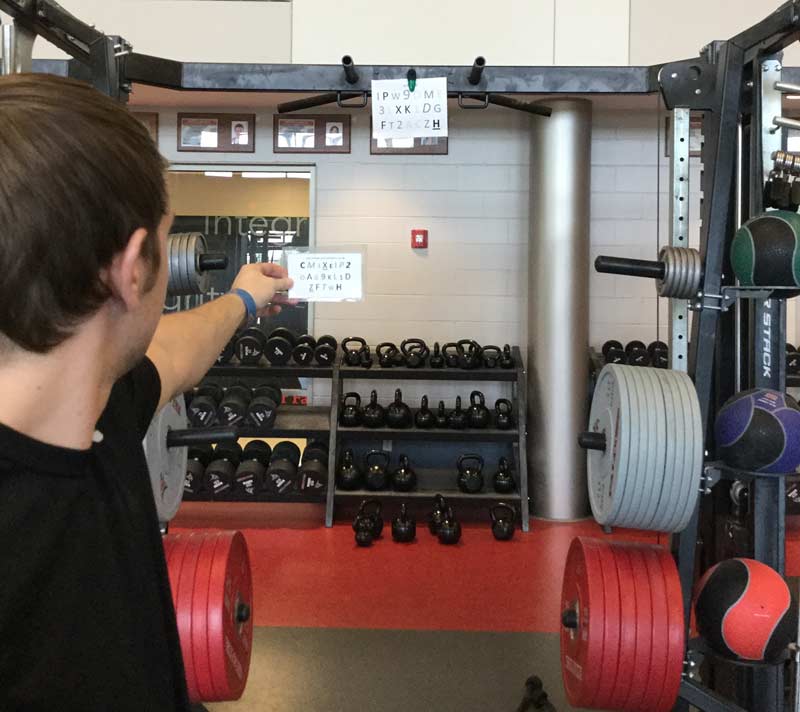
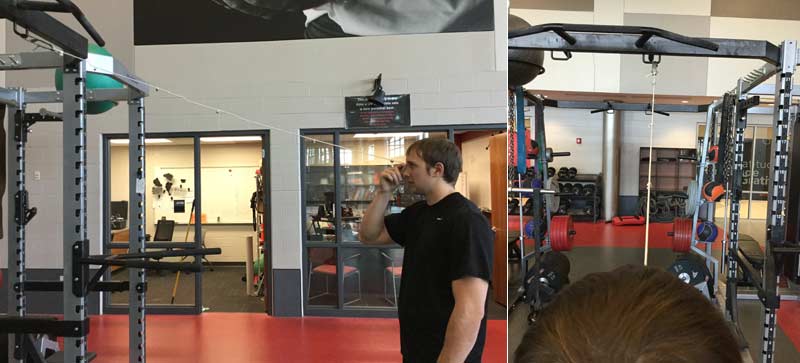
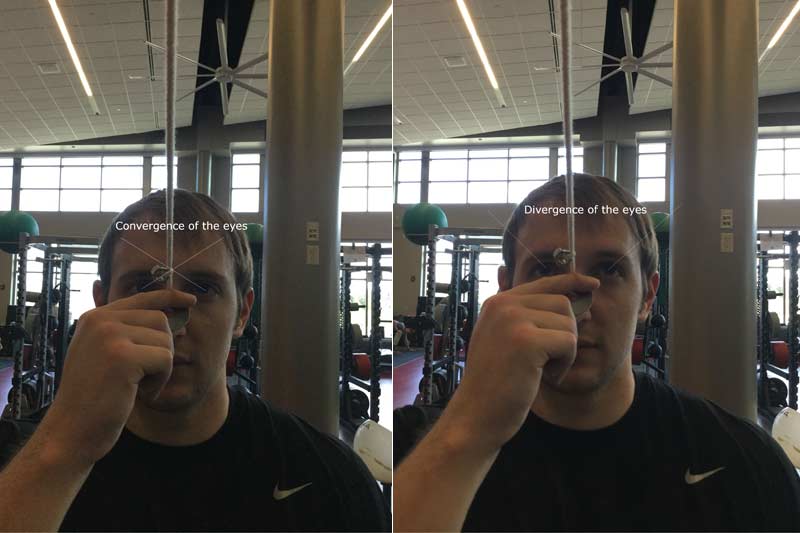
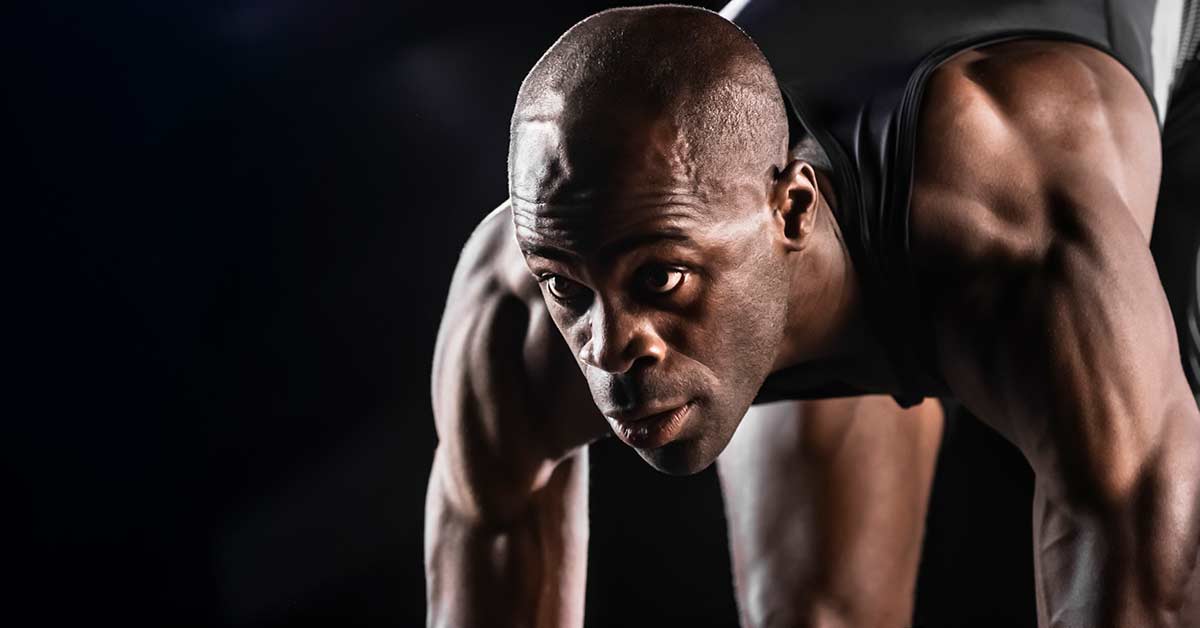
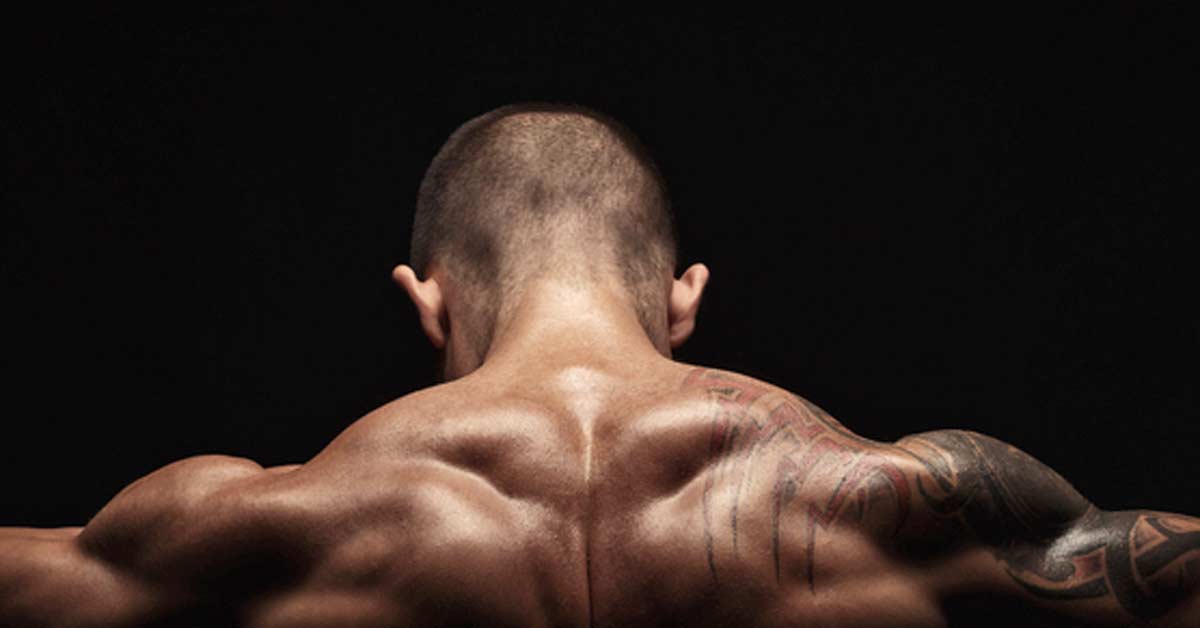
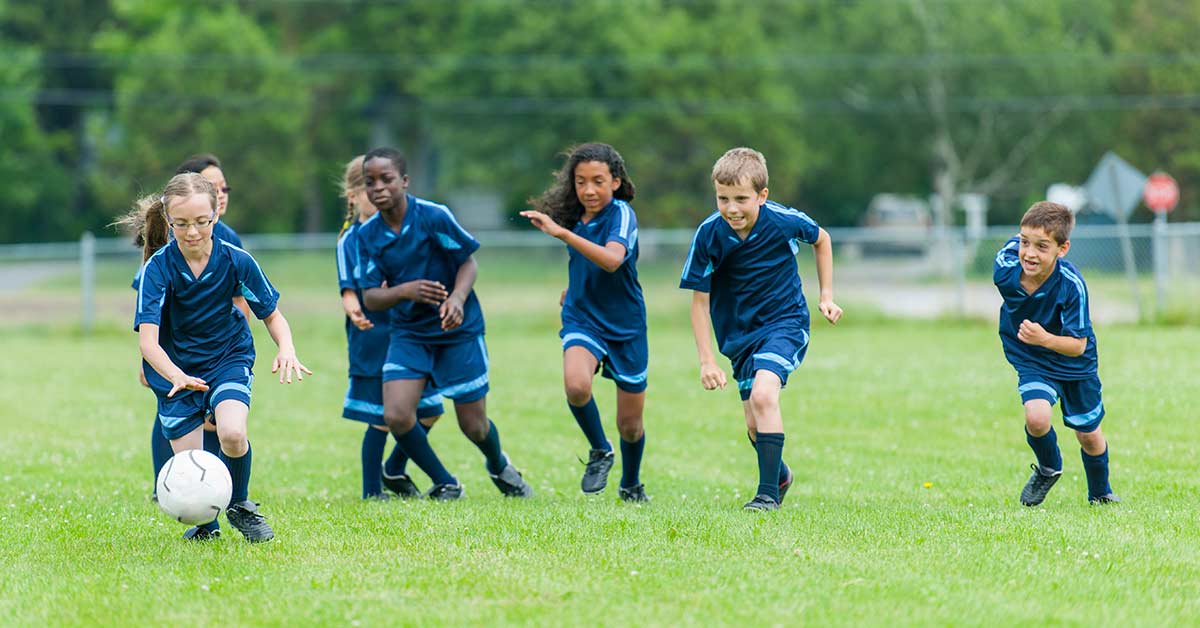
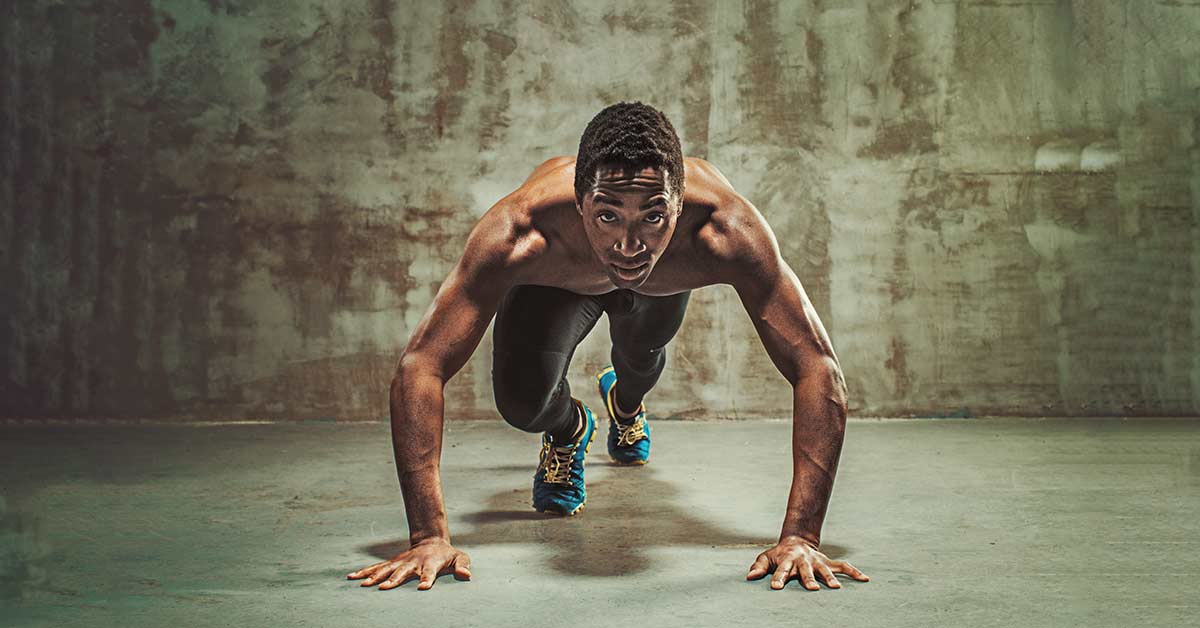
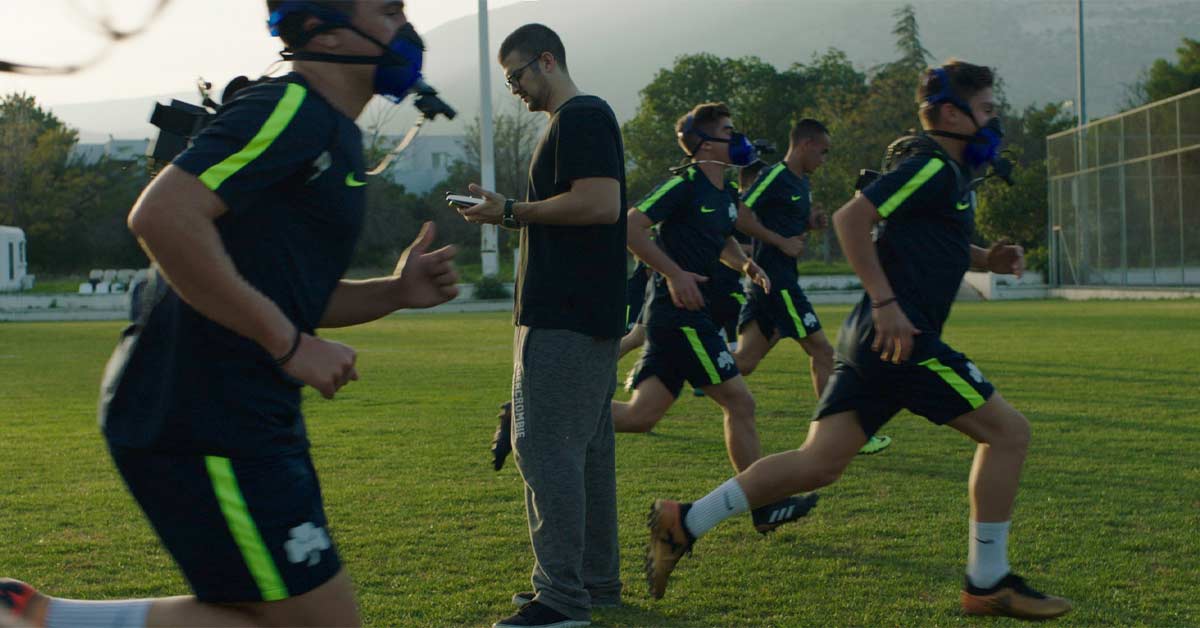
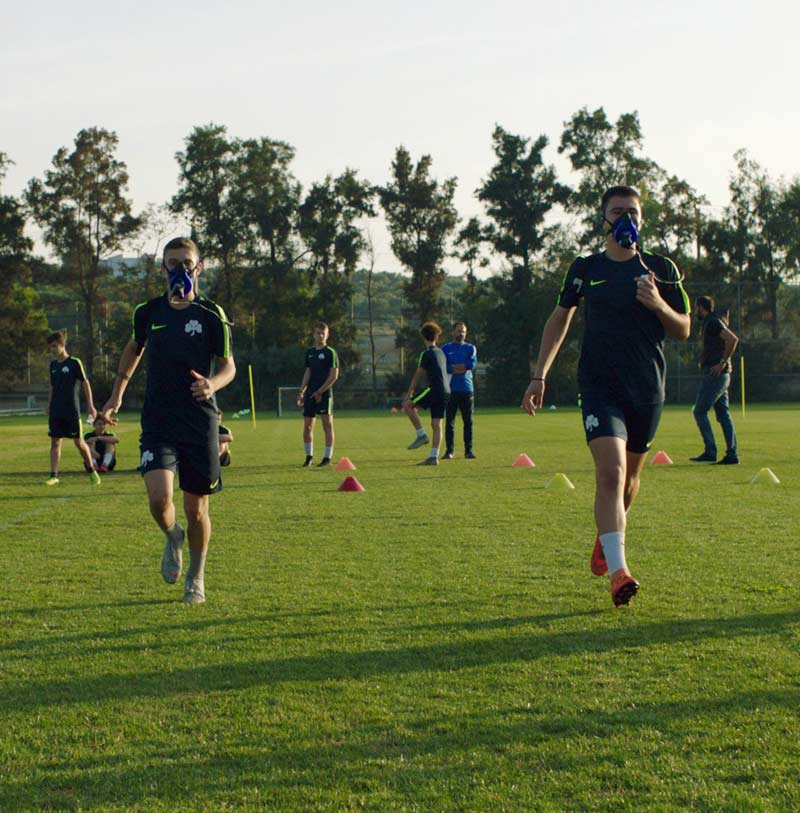

 Apostolos Atsalakis graduated as valedictorian from Cambridge University with a Masters degree in Nanotechnology. He received a BS & MS degree in Applied Physics from the National Technical University of Athens. He is the inventor of several patents, he has been the speaker in several conferences and an author of articles in high impact scientific journals. IOP (Institute of Physics) has offered him the position of a reviewer in the high impact journal Nanotechnology. In the past, he worked as an analyst in the banking sector and as a business developer in a European based e-commerce startup that attracts thousands of users daily.
Apostolos Atsalakis graduated as valedictorian from Cambridge University with a Masters degree in Nanotechnology. He received a BS & MS degree in Applied Physics from the National Technical University of Athens. He is the inventor of several patents, he has been the speaker in several conferences and an author of articles in high impact scientific journals. IOP (Institute of Physics) has offered him the position of a reviewer in the high impact journal Nanotechnology. In the past, he worked as an analyst in the banking sector and as a business developer in a European based e-commerce startup that attracts thousands of users daily.